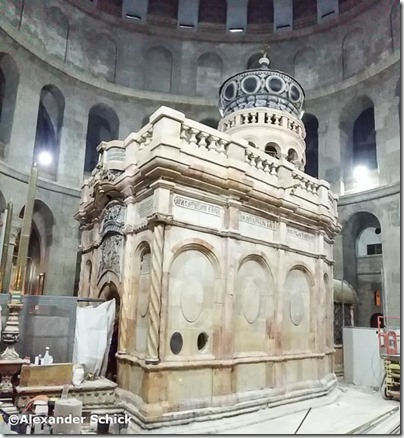Archaeologists working along Highway 1 near Abu Ghosh discovered a cache of bronze coins from the time of the Persian invasion in AD 614.
A study of a core sample from 1,500 feet below the floor of the Dead Sea points to lengthy droughts in the past.
With Easter approaching, the IAA gave reporters a tour of its storage facility. Haaretz goes with the sensational headline.
For two more articles on this week’s story about the edicule in the Church of the Holy Sepulcher, see The New York Times and National Geographic. The latter includes some terrific photos.
Carl Rasmussen highlights a video that allegedly shows the original stone wall of Jesus’s tomb inside the edicule.
“A World of Emotions: The Making of an Exhibition” describes the new exhibit at the Onassis Center in New York. Many photos are included.
Bible History Today has a preview of “Where Are the Royal Archives at Tel Hazor?” from the latest issue of BAR.
Philip F. Esler writes about the ancient Jewish woman that we know the most about: Babatha.
Timothy Lim explains what we know about the Dead Sea Scrolls 70 years after the initial discovery.
Wayne Stiles reveals how the events at Shechem teach us how to live more faithful lives.
HT: Gordon Franz, Ted Weis, Charles Savelle, Jared Clark, Agade, Joseph Lauer
